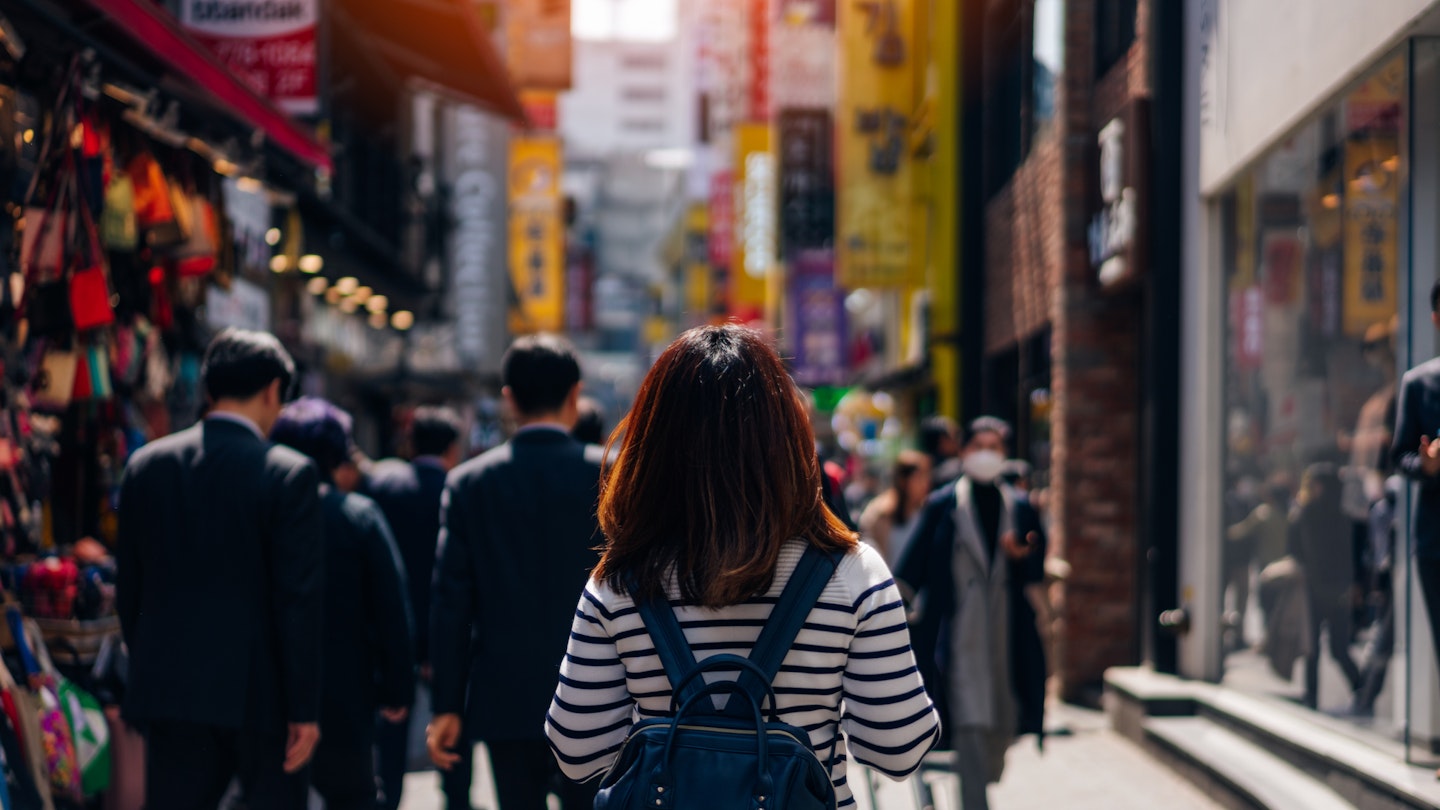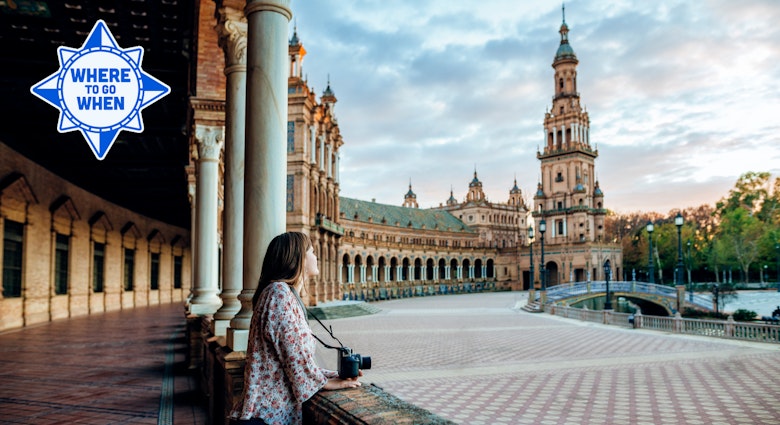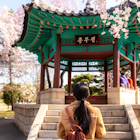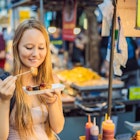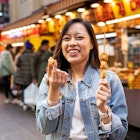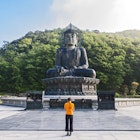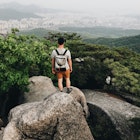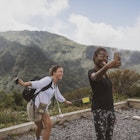When I moved to Seoul, I had a clear plan that I was determined to stick to – teach English for one year and then move on to explore other parts of the world. But my plan didn't account for the way Seoul captivated and delighted me, and that single year I was committed to soon rolled into two, three, and then, ultimately, six years.
From the moment I stepped off the crowded bus from the airport and onto its bustling streets, I became enamored with its colorful neighborhoods, eclectic markets and diverse nightlife.
Here are my top insider tips to make your first trip to Seoul as special as mine was.
1. Buy a local SIM card
While many businesses around Seoul offer free wi-fi, a local SIM card ensures you're connected when you're out and about, too. Order a prepaid SIM card from Internet providers like KT and SKT and pick it up when you arrive at Incheon Airport, or purchase one from almost any convenience store around the capital.
Having a local SIM means making calls and accessing apps for restaurant reservations and late-night taxis won't result in a painful bill once you're back home again. It's also a great way to ensure you don't get lost on one of the many hikes outside of the city. SIM cards are cheap, and prices are based on the length of your stay, starting from about ₩5500 for one day.
2. Choose accommodations based on the Seoul attractions that inspire you most
Each of Seoul's neighborhoods has its own personality – consider which district best matches your interests and base yourself there. Relish nightlife and multicultural menus? Itaewon is the place to be. Shopaholics and foodies should stay in Myeongdong or Dongdaemun, where outdoor food stalls and high-rise (and high-end) retail empires reign.
Art connoisseurs and history buffs will thrive and delight in the local art galleries and Gyeongbokgung Palace in Insadong. If staying up all night for pop-up art shows, buskers and noraebangs (karaoke rooms) is your thing, then Hongdae won't disappoint.
To dive into Korean culture, book a stay at a hanok (a traditional Korean house). These homes show off Korea's past through traditional architecture, complete with ondols (heated floors) and scenic courtyard gardens tucked away from the noisy city.
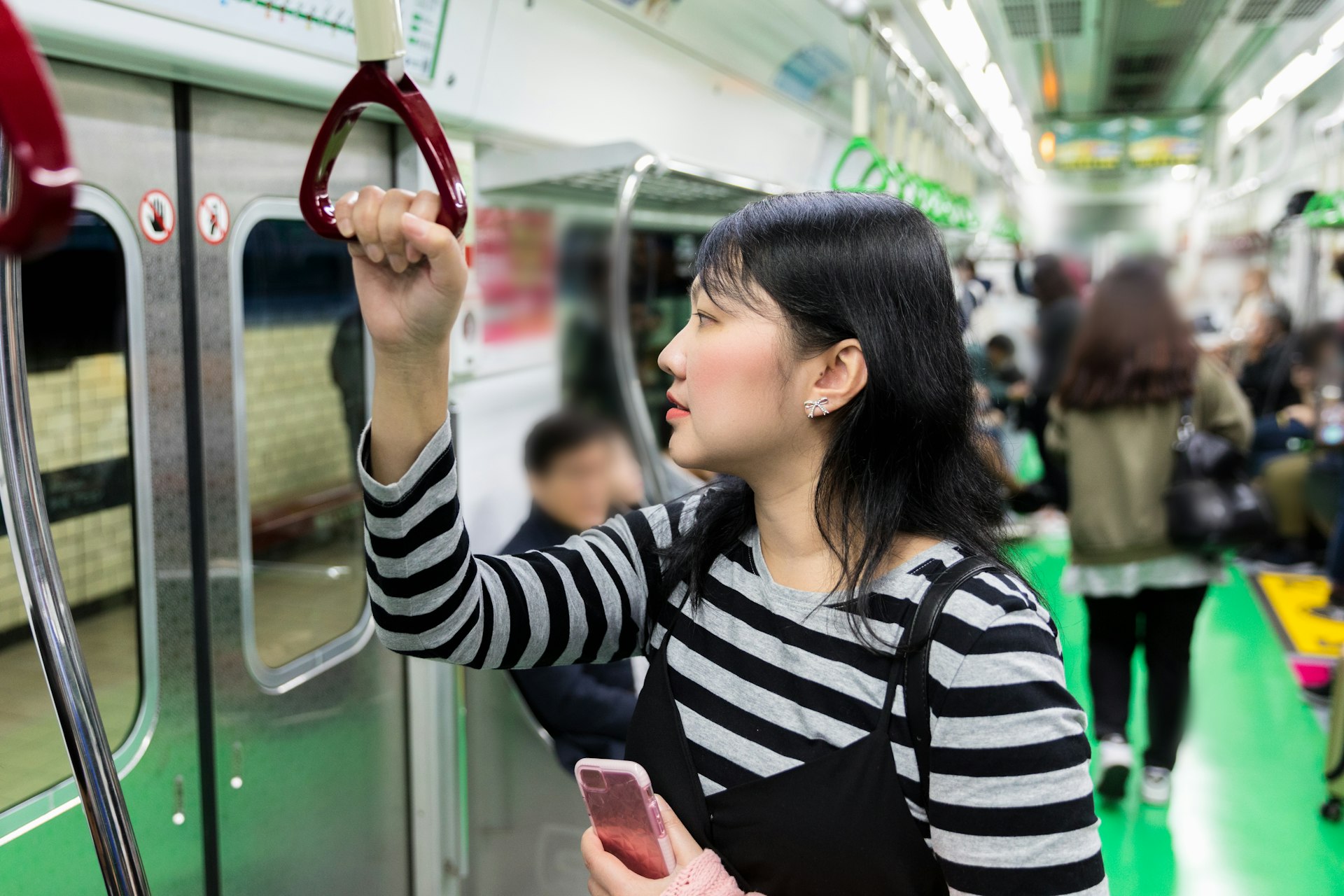
3. Download this app to navigate Seoul's subway system
Seoul's subway system is clean and safe, and it's the most efficient way to cruise around the sprawling city. Entrances and exits are marked with numbers and station names in English. Use a subway navigation app like Subway Korea (available on both iOS and Android) to figure out which exit number will get you closest to where you want to go. All stations and trains have wi-fi.
While subways get crowded during rush hour, the rest of the day is an easy ride. Even when the trains are packed with people, you'll find your personal space is always respected.
4. Use Kakao Taxi for late-night travel
The subway closes at midnight and doesn't reopen until 6am, so taxis are the only options for late-night journeys. The hardest places to find a ride are the bar districts – especially Gangnam, Itaewon and Hongdae – so download the Kakao T app to get better visibility of available cars. You can select exactly where you want to go and secure the price of the ride before getting into the car. It's fine to pay in cash, and the price won't change after the ride is secured.
5. Buy a Tmoney card for public transportation
Tmoney cards are rechargeable, easy-to-use travel cards that cover all of Seoul's public transportation, and they cost just ₩2500. Just pick one up from any of the ubiquitous convenience stores around the city and load it with money – congratulations, you no longer need to wait in line to buy individual tickets! Each time you scan your card, the balance is shown. When the amount gets low, head back to a convenience store or subway station kiosk to add more funds. All kiosks have a button for English-language options.
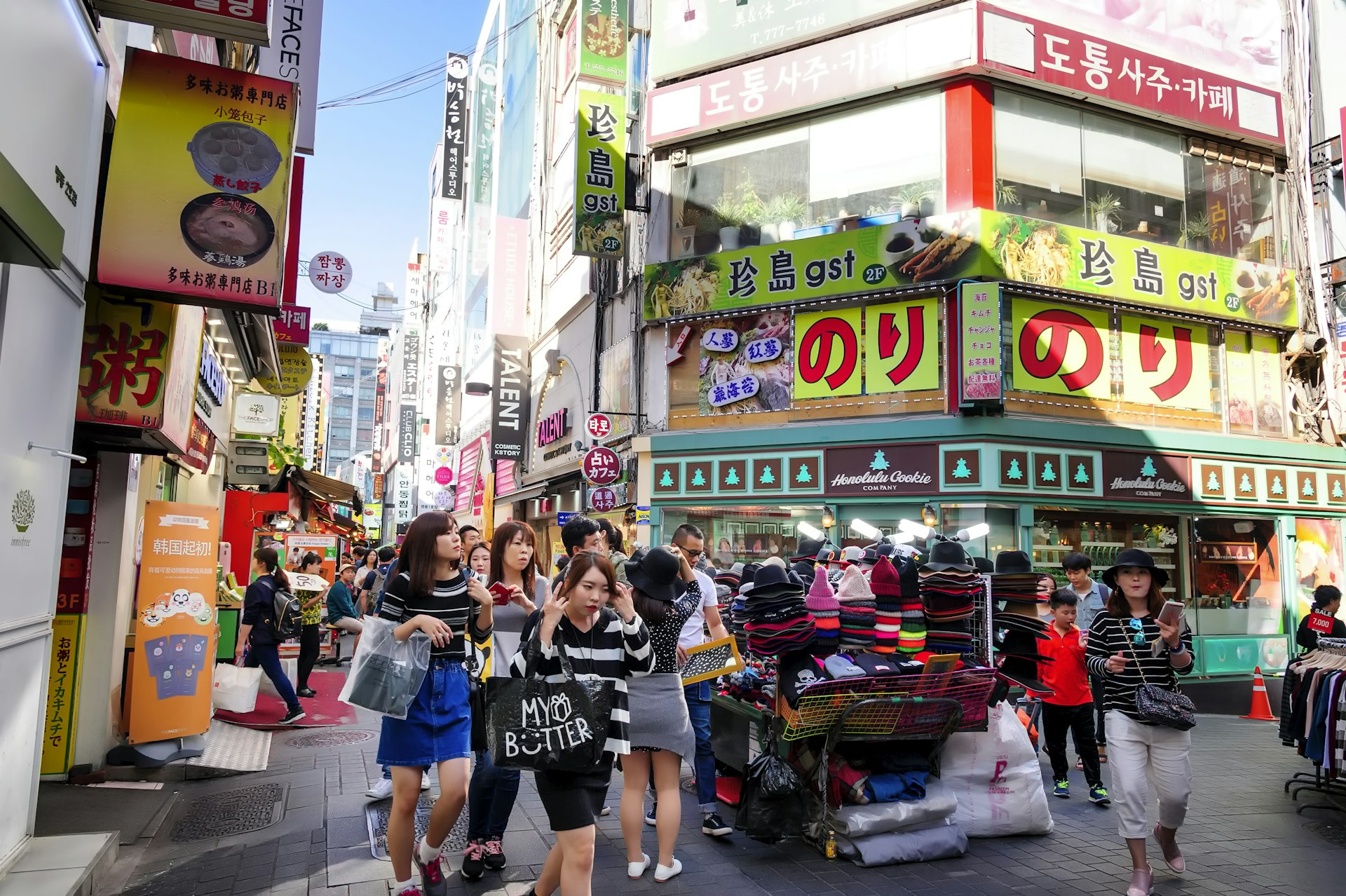
6. Korean navigation and translation apps are essentials
Some popular phone apps that work fine in other countries don't fare well in Korea, including Google Maps. While it can be useful when searching for restaurants in English, attempting to find that restaurant is a challenge. Instead, download KakaoMap to easily navigate the city – it also highlights nearby sightseeing spots and popular restaurants with user reviews.
If you're not fluent in Korean, don't despair – download Papago, which translates text, speech and images of Korean words. You can take a picture of nearly anything with Korean writing on it, from signs to bags of potato chips, and the app will translate any words it detects.
7. Familiarize yourself with Korean etiquette and key phrases
Korea embraces social harmony as an extension of the Confucianism engrained in the culture. Being polite when you speak is imperative, and knowing a few words and phrases in Korean goes a long way. Practice saying simple greetings such as "gamsahabnida" (thank you), "annyeonghaseyo" (hello) and "juseyo" (please).
In every subway car and bus, a specific seat is designated for pregnant women. It's very much frowned upon to use it unless you're pregnant. Age is highly valued in Korean society, and elders are treated with the utmost respect. If offered food or drink from someone older than you, accept it and show gratitude. A small bow will go a long way.
8. Use two hands when giving or receiving gifts, drinks and money
When meeting someone for the first time, it's best to clasp their hand with both of yours. The rule is also key when drinking in Korea. Never pour your own drink – instead, take turns pouring for one another. Whether pouring or receiving, always use two hands.
Also, when giving or accepting a gift or exchanging money in a store, the two-hand rule also applies.
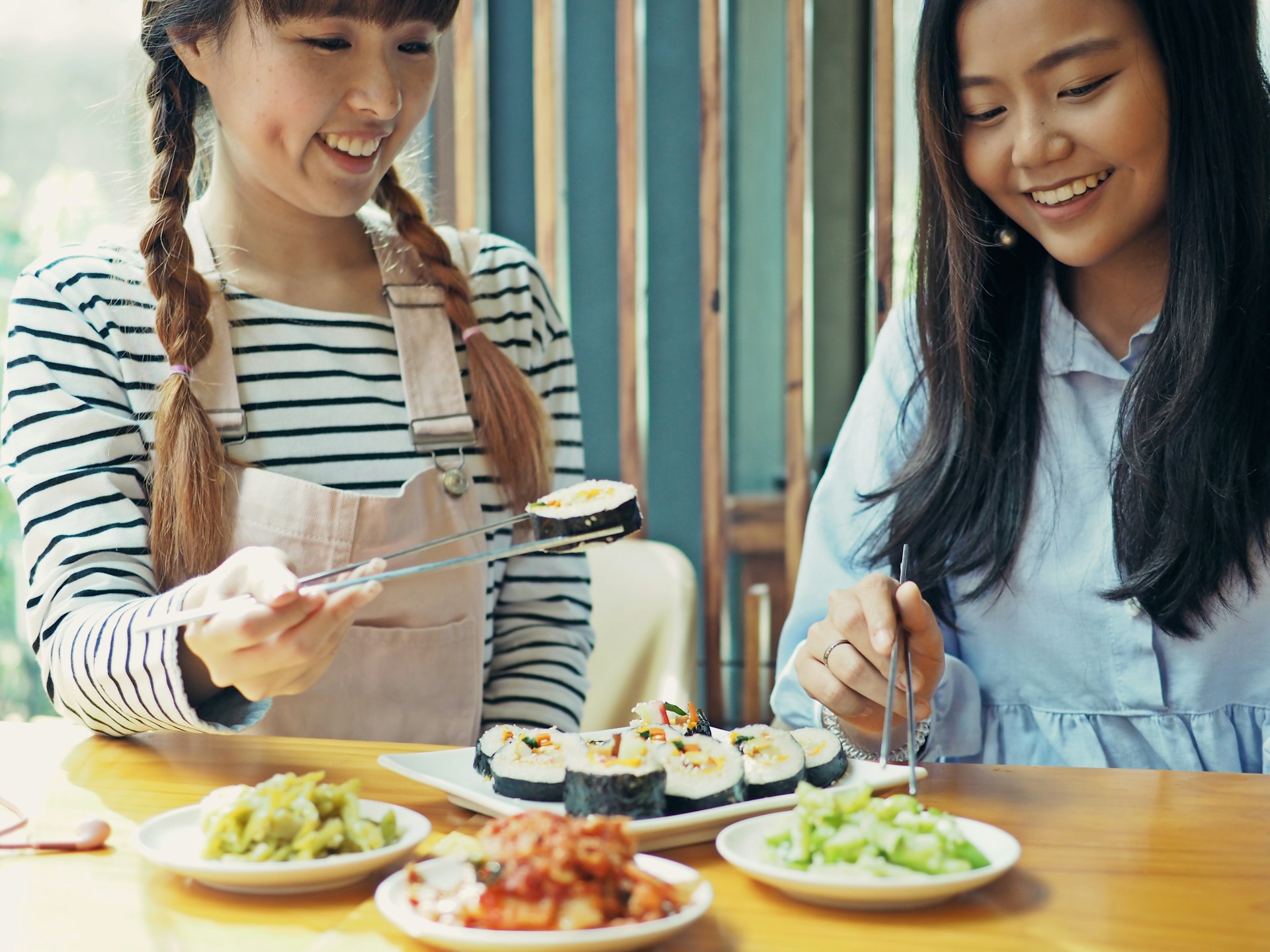
9. Mind your table manners
Dining out in South Korea is a social affair. Soju (Korean rice liquor), beer and banchan (Korean side dishes) are set out on the table to share before the main course. In many restaurants, pushing the yeo-gi-yo ("over here") button located on the table summons the server. If there isn't a button, it's fine to wave down staff to get their attention. It might feel rude, but it's customary in Korea, so don't feel shy.
Koreans use metal chopsticks, which tend to be more slippery than the wooden kind. No one judges chopstick skills or lack thereof, but it's important not to pick up chopsticks until the eldest at the table does first. Avoid sticking chopsticks straight into a bowl of rice, which symbolizes a funeral ritual. Koreans use a spoon to eat rice.
Tipping is not required at restaurants and is considered impolite.
10. Take caution on Seoul's sidewalks
Seoul is not dangerous, but its traffic is a different story. Motorbikes speed down sidewalks without much regard for who's in the way, and cars use them as parking spaces. When exploring Seoul on foot, stay alert and be prepared to get out of the way quickly.
11. Public restrooms are fine to use
Many cafes and restaurants give the passcode to their restrooms only after the customer has ordered from the menu. To save some time and money, keep an eye out for public bathrooms. They are clearly marked for men and women in English and are commonly found in subway stations as well as busier districts.
Seoul's public toilets are clean, and they are one of the only places to find trash cans when you're out and about. They're also often quite sophisticated, with bidets, heated seats and a button that you can push to play rushing water if you get stage fright.
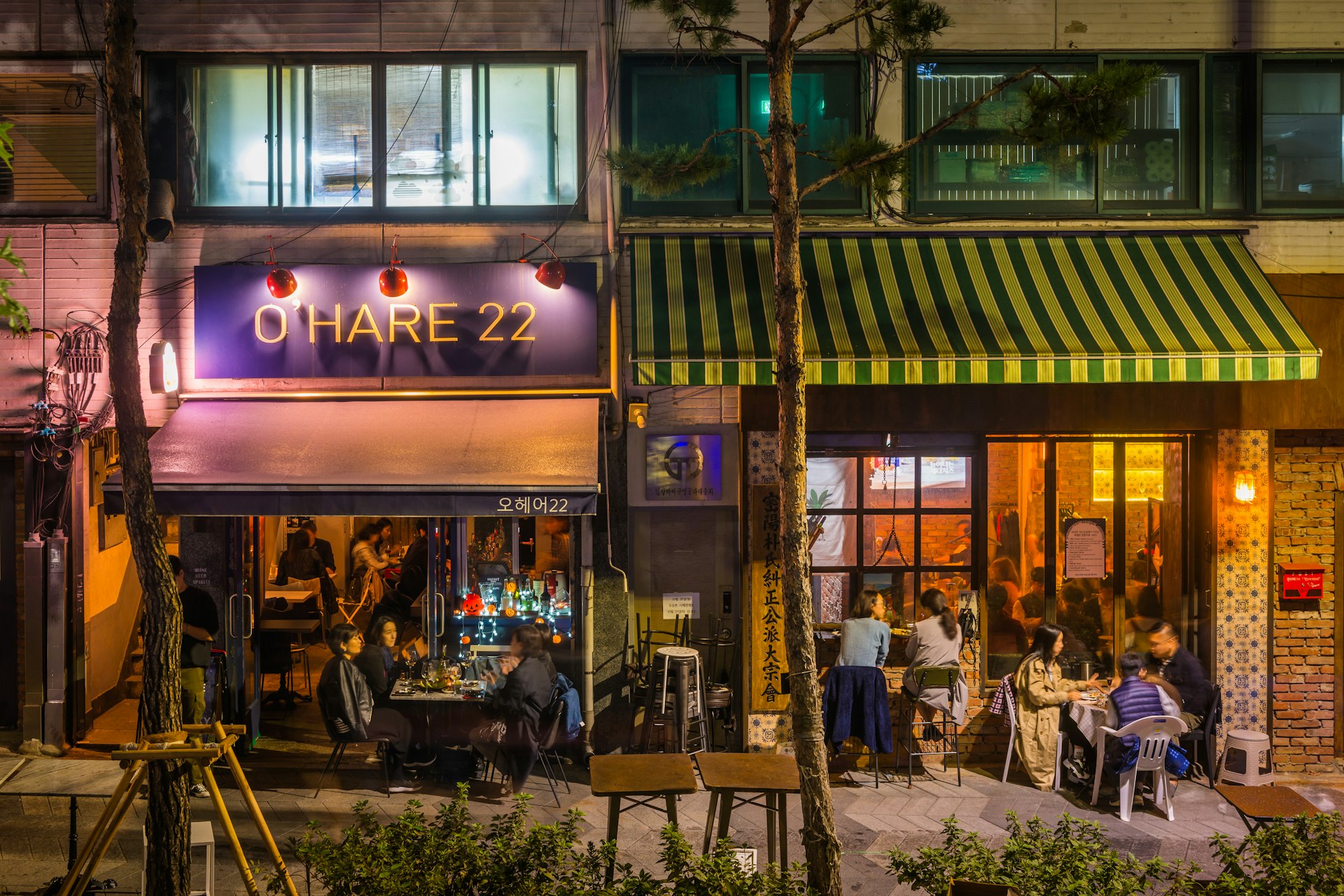
12. Understand Korea's drinking culture
Drinking alcohol is a national pastime in Korea, and Seoul is a haven for throwback dive bars and strobe-lit nightclubs. You might spot young revelers rallying outside convenience stores at 7am or suited business people passed out on benches after rowdy hoesiks (after-hours business dinners and drinks). Korean drinking etiquette encourages no glass to be left empty as a rule. If someone offers you a shot of soju, it's rude to refuse it. Stores selling alcohol are open 24/7, and there are no open container laws. Walking the streets with a drink in hand on the way to the next bar is common and accepted.
13. You'll feel safe in the city
Confucianism teaches that mutual respect and trust are of the utmost importance. Take the usual big-city precautions, but walking back to your accommodations alone at night is generally pretty safe. You can save a seat at bars and restaurants with your jacket or purse without worrying too much about it being stolen. Phones left in taxis are usually dropped off at the police station by the driver.
14. Don't worry about North Korea, but stay informed
What appears to be an ominous threat an hour and a half to the north is one mostly felt outside of Korea's borders. North and South Korea have been at a stalemate since the 1950s, and while scaremongering headlines are frightening to read, the actual threat is apparently low. You'll find Korean citizens generally unconcerned about their northerly neighbor.

